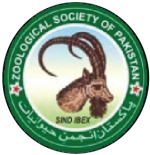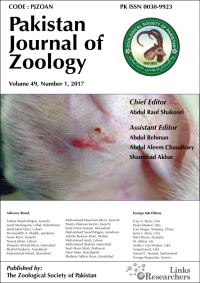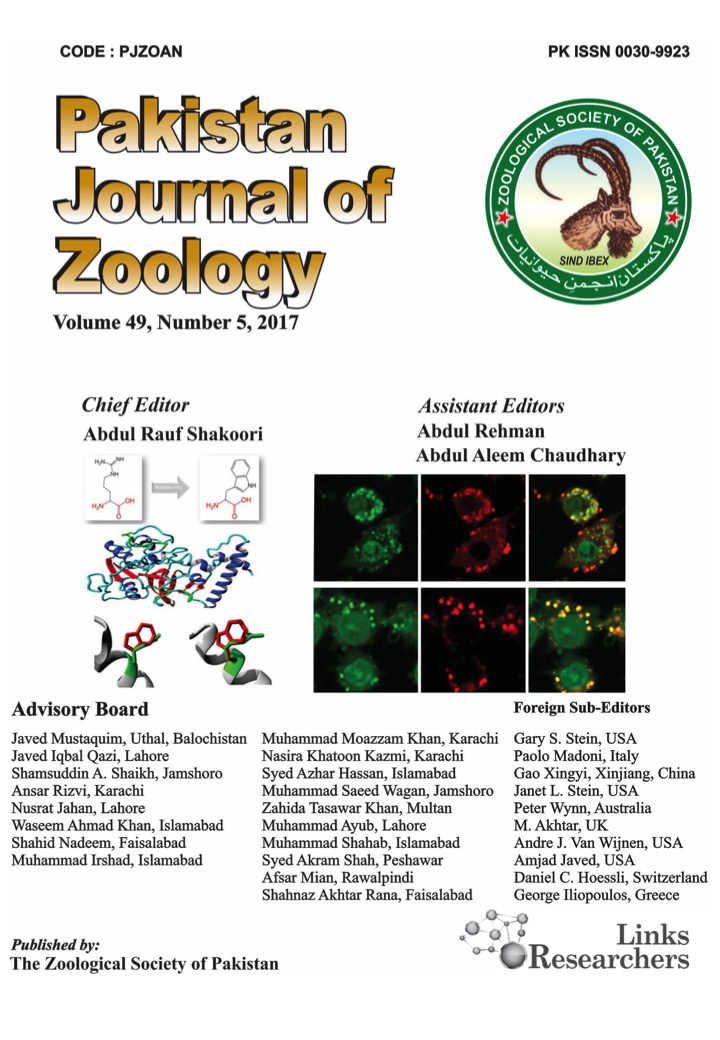Studies on Bacterial Diversity and Vibrio harveyi Distribution Associated with Diseased fugu (Takifugu rubripes) in Northeastern China
Studies on Bacterial Diversity and Vibrio harveyi Distribution Associated with Diseased fugu (Takifugu rubripes) in Northeastern China
Qiang Li1,2, Guo Qiao2, Li Wang1, Jipeng Zhang1, Ruijun Li1, Ping Ni1, Yi Guo1 and Shigen Ye1,*
ABSTRACT
To share on other social networks, click on any share button. What are these?









